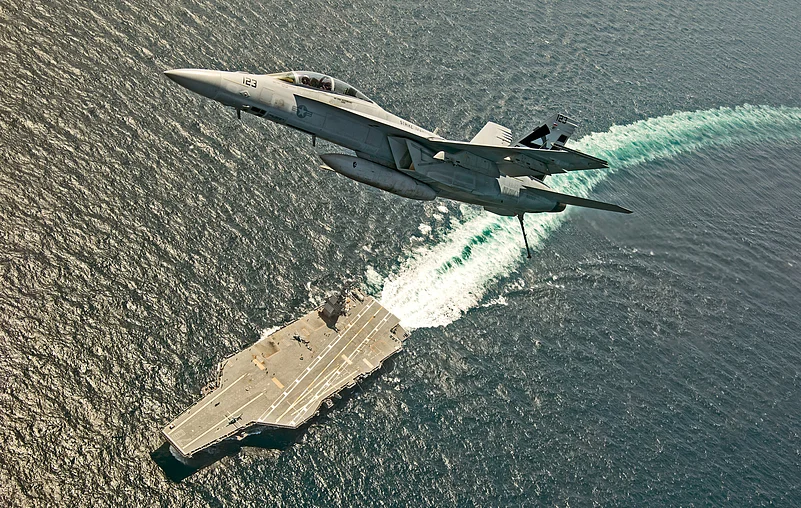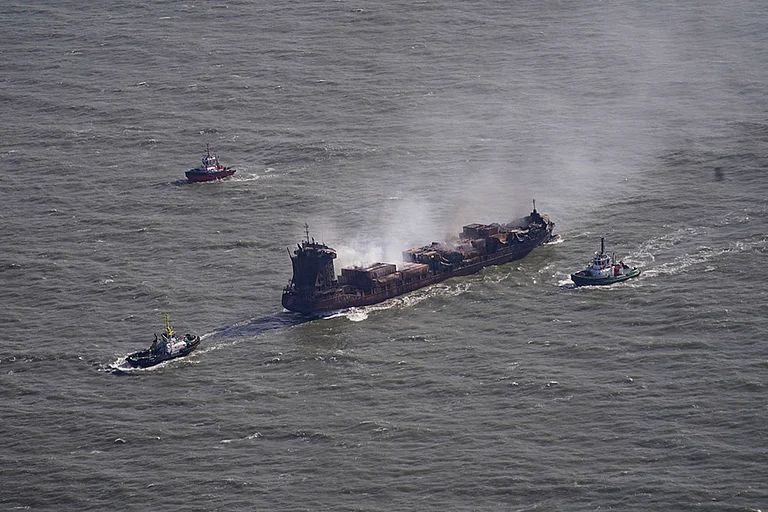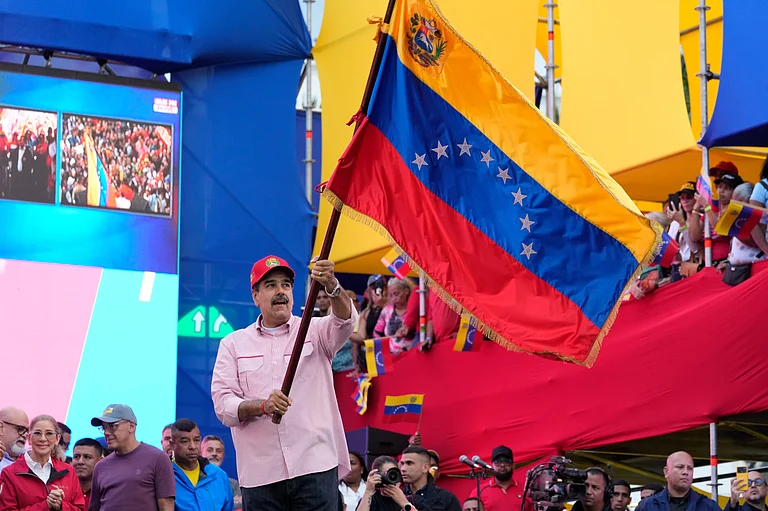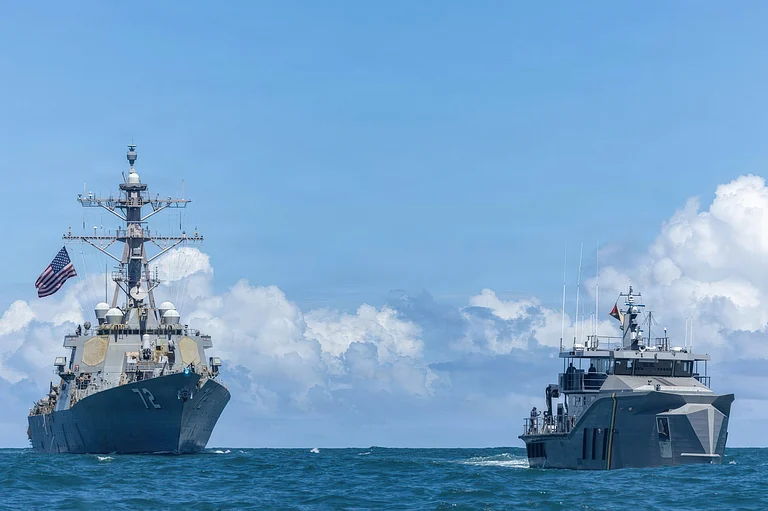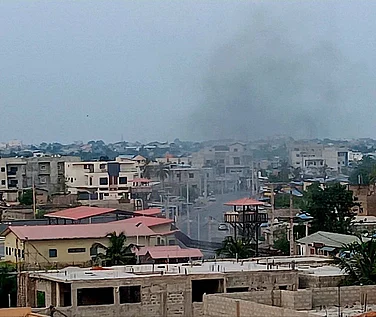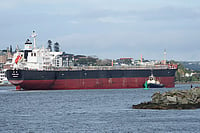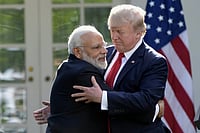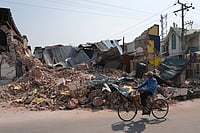
The U.S. has sent the USS Gerald R. Ford and a strike group — along with multiple warships and aircraft — to waters near Venezuela, marking its largest military presence in Latin America in decades.
Washington frames the deployment as part of a counter-narcotics operation against transnational criminal organisations, but the firepower and scale raise questions about broader motives.
Caracas has condemned the deployment as a provocation and responded by mobilising hundreds of thousands of troops, warning of serious consequences for Venezuelan sovereignty.
In a sharp escalation of its military posture in Latin America, the United States has deployed a powerful naval and air armada near the Venezuelan coast, raising regional tensions and sparking speculation over its strategic intent.
At the heart of the buildup is the USS Gerald R. Ford, the world’s largest and most advanced aircraft carrier, which has entered the Caribbean under U.S. Southern Command orders. The Ford, carrying more than 4,000 sailors and dozens of tactical aircraft, is sailing with a strike group of destroyers, cruisers, and amphibious ships.
Defense officials say the force is part of an expanded effort to disrupt “transnational criminal organisations” and drug-trafficking networks in the region. The U.S. military presence now reportedly includes around 10 major warships, a nuclear submarine, and long-range surveillance aircraft.
In addition to naval firepower, the U.S. has deployed F-35 stealth fighters to Puerto Rico, further bolstering its regional strike capability. The Pentagon argues these assets are vital for intelligence, reconnaissance, and interdiction missions targeting the flow of illicit narcotics across the Western Hemisphere.
Venezuela's President Nicolás Maduro has strongly condemned the move. In response, he claims Caracas has mobilised nearly 200,000 troops in a nationwide exercise framed as a countermeasure to U.S. “threats.” The Venezuelan government portrays the deployment as a provocation, warning of “bloody consequences” if its sovereignty is challenged.
This buildup coincides with a spate of U.S. airstrikes over the Caribbean and eastern Pacific. According to U.S. officials, these strikes target vessels allegedly tied to drug traffickers. Critics, however, question whether the magnitude of the naval force is justified purely by counter-narcotics aims — with some analysts suggesting the deployment sends broader geopolitical signals, including pressure on the Maduro regime.
The timing and scale of the deployment have provoked concern among regional governments and observers, who warn that what began as a drug interdiction mission could spiral into a more dangerous confrontation.






